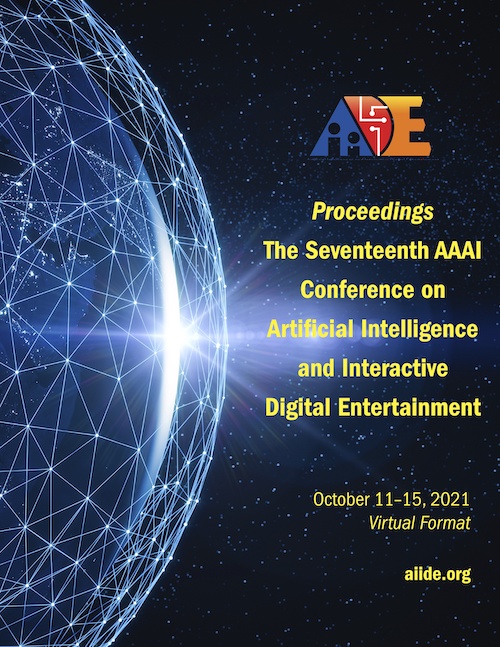Reinforcement Learning Methods to Evaluate the Impact of AI Changes in Game Design
DOI:
https://doi.org/10.1609/aiide.v17i1.18885Keywords:
Automated Game Testing, Reinforcement Learning (RL), Behavior Trees (BTs)Abstract
Game development has become a long process that requires many professionals working on a project during several months or years. With this scenario the re-utilization of resources is crucial not only to alleviate the process but also to bring coherence into the final product. In this paper we focus on the reuse of NPCs and the problems it brings about. In particular it is common to have different breeds (or personalities) of NPCs that are placed on different levels on the game. The problem arises when their behaviors are fine-tuned to accommodate a specific level needs without taking into consideration that this change may alter their performance on previous already-tested levels. The paper presents the application of reinforcement learning together with behavior trees to automatically test if modifications to the AIs of a stealth game have an impact on the user experience. Our experiments reveal that this approach provides a way of diagnosing alterations in level gameplay that correspond to the effects observed by human testers.Downloads
Published
2021-10-04
How to Cite
Gutiérrez-Sánchez, P., Gómez-Martín, M. A., González-Calero, P. A., & Gómez-Martín, P. P. (2021). Reinforcement Learning Methods to Evaluate the Impact of AI Changes in Game Design. Proceedings of the AAAI Conference on Artificial Intelligence and Interactive Digital Entertainment, 17(1), 10-17. https://doi.org/10.1609/aiide.v17i1.18885
Issue
Section
Full Oral Papers

